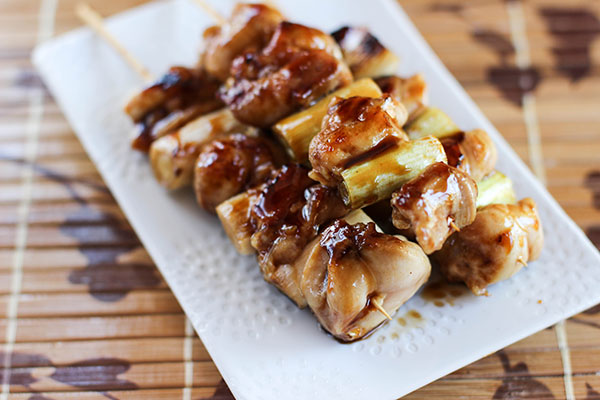Not only Singapore, Malaysia, Indonesia or other Southeast Asian countries that have a culture of street food. Japan also has a variety of snacks that are guaranteed to make your stomach (and eyes) hungry, especially in the Fukuoka area. This city, located in the northern part of Kyushu Island, has even been recorded as one of the best places for street food in Asia by CNN Travel! For those of you who will be visiting Japan in the near future, please note the variety of dishes that you should taste in the nearest yatai (food cart). Itadakimasu!
Yakitori
This typical archipelago-like sate snack does not use peanut sauce, but salt to give it a salty taste, or tare – a kind of sweet sauce, soy sauce and sugar – for those who like sweetness. The word yakitori is only used to refer to satay made from chicken meat, or chicken innards. Satay made from other ingredients, such as beef, pork, or vegetables, is called kushiyaki.
Okonomiyaki Renjiro Sushi
Okonomiyaki
This Japanese savory pancake comes from the word “okonomi” which means “whatever you like” and “yaki”, “roast or cook”. In some restaurants in Japan, you can make your own okonomiyaki using teppan (special hotplate) with fresh ingredients prepared. There is also a restaurant where you can watch the action of the chefs preparing your order okonomiyaki. Okonomoyaki is usually given toppings such as katsuobushi (dried fish meat), Japanese special mayonnaise sauce and okonomiyaki, aonori (dried seaweed) sauce, and beni shoga (pickled ginger).
Dango
If you are a big fan of the animated film by Hayao Miyazaki, you will be familiar with the following colorful confectionery. Made from a mixture of sticky rice flour and water which is then boiled until cooked, dango resembles round pansite with various flavors, such as savory (mitarashi dango), or sweet (hanami dango). Often served in number 3 or four with a skewer.
Taiyaki Renjiro Sushi
Taiyaki
Even though it has a fish-like shape, taiyaki is a sweet dessert that is usually filled with red bean paste from azuki beans. As a substitute for red beans, other types of filling are also often used, such as custard, chocolate sauce, or Nutella. For the savory version, you can try a combination of contents from yams, cheese, sausages or vegetables. The unique shape is obtained from iron molds and flour from flour, baking soda powder, salt, and sugar.
Senbei Renjiro Sushi
Senbei
We might only recognize instant type senbei sold in various minimarkets, but rice crackers made directly in fact are very easy to find on the streets of Japan, especially when the street food festival takes place. How to cook senbei is baked over charcoal to char appear and give a distinctive smoky aroma. Most senbei have a savory taste from salt and soy sauce, but don’t miss the sweet variants too.

